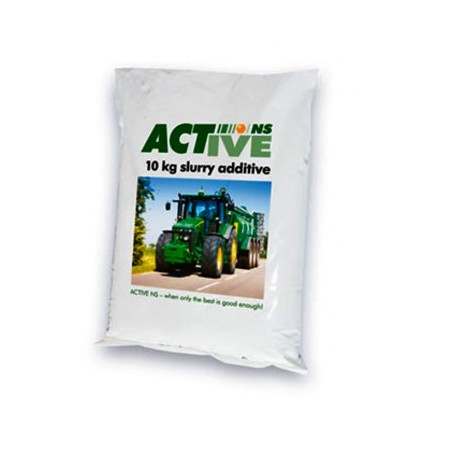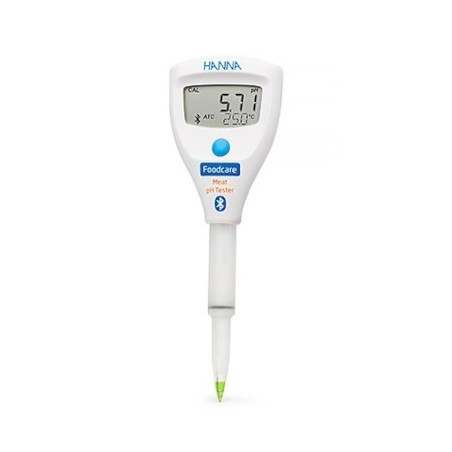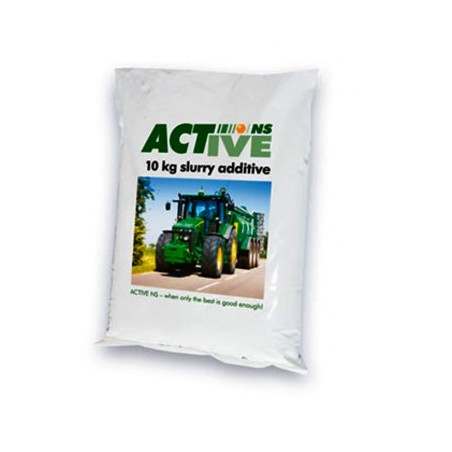In this situation, the first option to consider is transporting the surplus slurry to apply it to fields located farther away. The existence of surpluses, either at the farm level, geographical area level, or at the producer association level, makes it necessary to transport the slurry to areas with a deficit, and the cost of transport is usually the most important limiting factor in the decision making process.
This cost varies according to the distance and volume transported, and its impact changes considerably depending on the economic value of the nutrients transported. Thus, the maximum allowable transport distance depends on the economic value of what is being transported, and must be evaluated on a case-by-case basis. While for diluted slurry, such as gestation and nursery slurry, the cost of transport can be equated with its fertilizer value for a distance of about 5-7 km; for finishing slurry this distance can exceed 15 km. These distances can be considerably increased if a centralized or collective transport service is used, since it optimizes the logistics, time the equipment is in use, and the equipment depreciation, always complying with the necessary sanitary restrictions.

Transporting slurry via pipes can represent an economical alternative in areas of high livestock density or in situations where there is a great distance between farm and field, reducing road traffic, risk of accidents, generation of unpleasant odors, CO2 emissions, and resistance from neighbors.
The estimated cost of transport and application provides a simple criterion for deciding how suitable a treatment technology is for the surplus. A treatment may be attractive if the overall cost of treatment, transport, and agricultural application of treated effluent is less than that of transport and direct application to distant crops at appropriate rates. Or, in other words, the treatment will be cost-effective as a method of reducing management costs. This reference cost may be fictitious, but necessary, because if poor slurry management does not carry a cost, whether it be a fine from the environmental authorities, a loss of income due to lack of competitiveness, or a loss of image and prestige in the community, slurry management will continue to be an unsolved problem.
Analysis of the possible treatments to be applied
Once the reference cost has been estimated, the analysis of the possible treatments to be applied can begin. There is no strategy that completely eliminates slurry or makes it disappear. The only components that can be removed, through their transformation into gaseous compounds that are harmless to the environment, are part of the organic carbon and part of the nitrogen, which can finally be converted into CO2 and N2, respectively. Everything else can only be separated or concentrated.
A treatment is a single process that modifies the characteristics of the slurry. There are many treatment processes, which can be classified according to different criteria. The fact that nitrogen is the only fertilizer element that can be recovered or removed explains why treatments are often classified according to this objective (Table 1).
A treatment strategy is a combination of processes with the objective of matching the slurry to the demand as a quality product. The demand corresponds to the need for fertilizers, soil amendments or substrates, which must have a certain quality/composition, depending on the crop, or on the fertilizer market if the aim is to produce products for it. Defining the appropriate strategy depends on the problem to be solved, so there is no single solution that is applicable in all circumstances.
Table 1. Treatment processes based on nitrogen management
| Process | Objective | Comments |
|---|---|---|
| Treatments based on nitrogen recovery or nitrogen conservation | ||
| Separation of fractions | Separation of manure into a liquid fraction and a solid fraction, to facilitate other treatments or for their differentiated management. | Applicable to liquid manure (slurry). |
| Anaerobic digestion | Production of methane (CH4) to add value as energy. | Other advantages include odor reduction, mineralization, partial sanitization, etc. It does not affect the concentration of total nitrogen. |
| Ammonia stripping and absorption | Recovery of nitrogen in the form of ammonium salt or ammonia water. | Applicable to liquid fractions. Prior anaerobic digestion favors the process. |
| Concentration of nutrients (separation by membrane, evaporation, drying) | To facilitate the transport and export of nutrients in concentrated form. | Evaporation or membrane processes are applied to liquid fractions and drying applies to concentrates and solid fractions. Prior anaerobic digestion facilitates the processes. |
| Precipitation of ammonium salts (struvite) | Recovery of nitrogen in the form of phosphorus and ammonium salts. | Applicable to liquid fractions. Prior processes to reduce the organic matter content (anaerobic digestion) facilitate the process. |
| Composting | Organic nitrogen recovery and stabilization of organic matter. | Applicable to solid fractions. Ammonium losses by volatilization must be prevented. |
| Treatments based on nitrogen removal | ||
|
Nitrification-denitrification (NDN) |
Removal by oxidation of ammonium to nitrite/nitrate and subsequent reduction to N2 gas |
Applicable to liquid fractions. Biodegradable organic matter is required for denitrification. |
| Partial nitrification - anaerobic ammonium oxidation (PN - anammox) |
Removal by partial nitrification of ammonium to nitrite and subsequent reduction to N2 gas. |
Applicable to liquid fractions. Organic matter must be removed. Lower energy requirements than conventional NDN. |
Table 2 summarizes treatment strategies for three groups of technological processes, in order of increasing complexity and cost. It is useful to begin by analyzing the strategies based on anaerobic digestion, which also contribute to reducing greenhouse gas emissions and facilitate subsequent processes requiring nutrient mineralization. This is followed by nutrient recovery strategies without anaerobic digestion (physical-chemical processes), and finally by strategies based on nitrogen removal.
Ammoniacal nitrogen is a resource and, therefore, its removal should never be a priority. In fact, biological nitrogen removal is not considered one of the best available technologies for this reason, although it may be an option as an emergency plan to reduce nitrogen in slurry, until a consolidated market exists for fertilizers recovered or produced from manure.
Table 2. Treatment strategies in a surplus situation, depending on whether nitrogen is recovered (with or without anaerobic digestion) or removed, in increasing order of investment cost and complexity for each group of strategies.

| Recovery of nutrients with anaerobic digestion | |
 |
|
| Recovery of nutrients without anaerobic digestion | |
 |
|
| Nitrogen removal | |
 |
|
An alternative option to the above is to pay a company specialized in waste management to remove the excess slurry. It is advisable that the transaction is documented with a contract, along with documentation of the mass of the nutrients (nitrogen, phosphorus, etc.) that are exported from the farm by this method, by means of delivery notes and analytical reports. It should also be ensured that the waste manager is legally authorized and uses the best available techniques.
I want to know more about strategies based on biogas production 
I want to know more about strategies based on physical-chemical processes 
I want to know more about strategies based on nitrogen removal 
Could reducing the volume by evaporation or solar drying be sufficient? 






